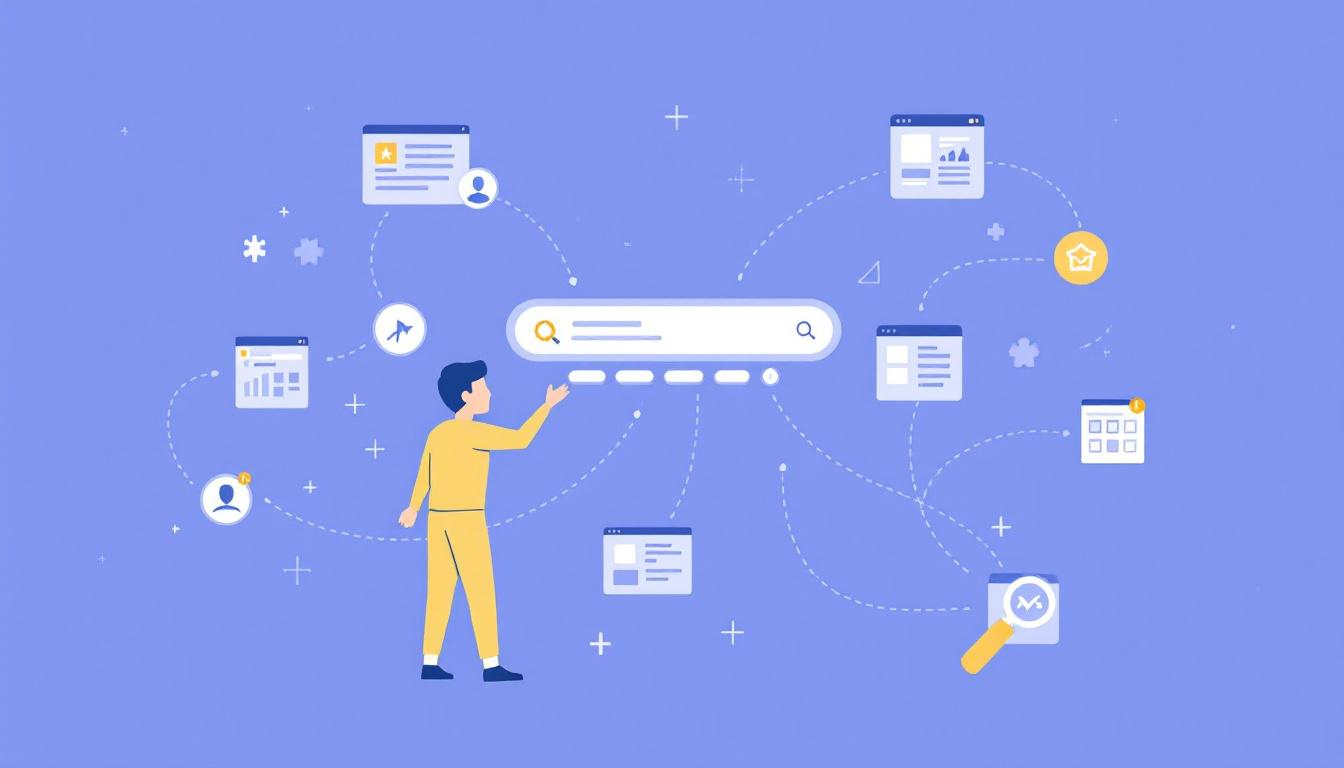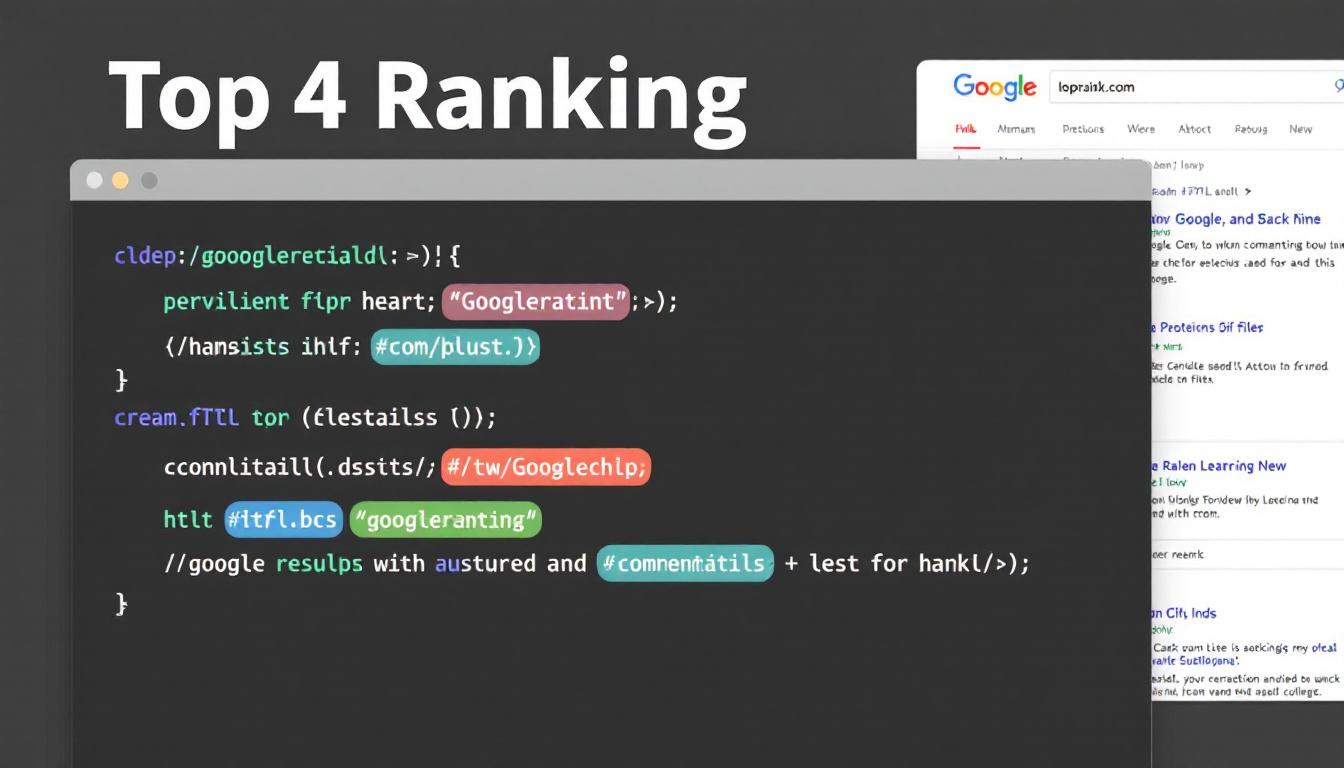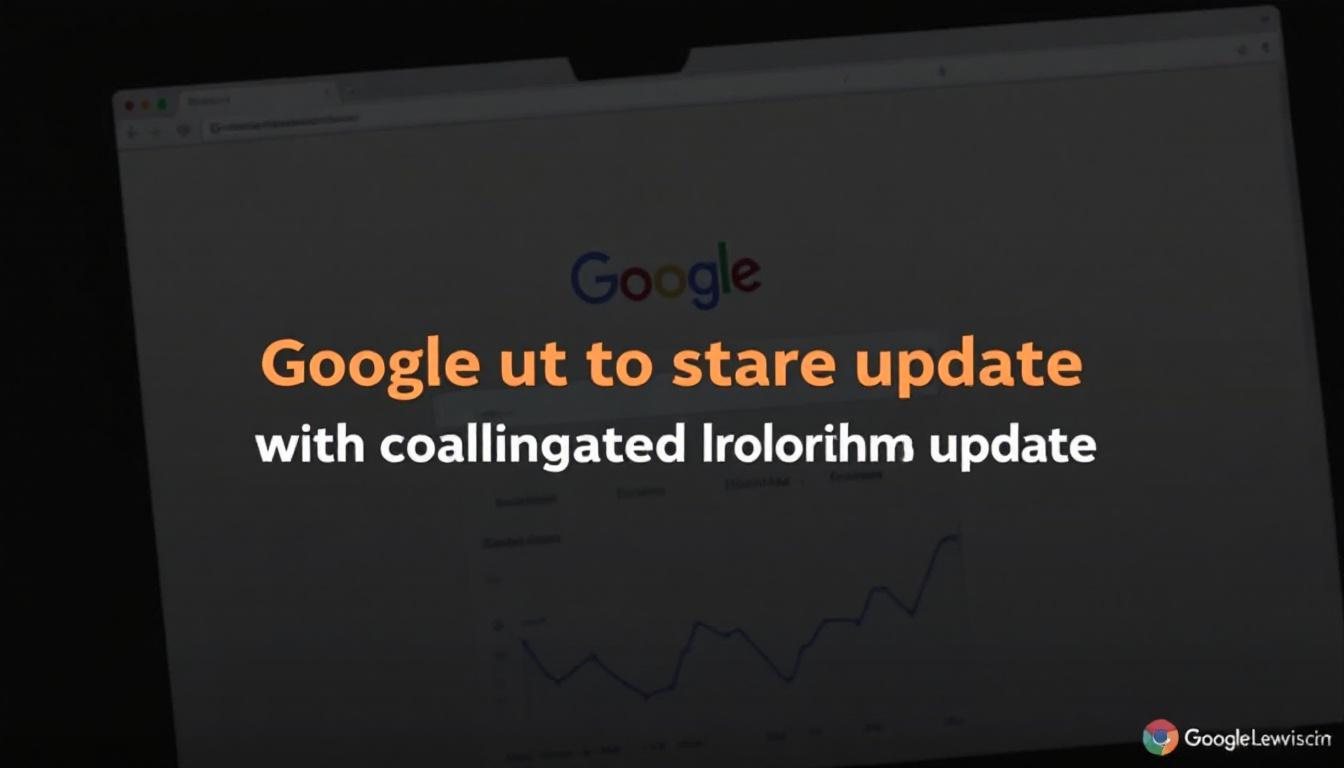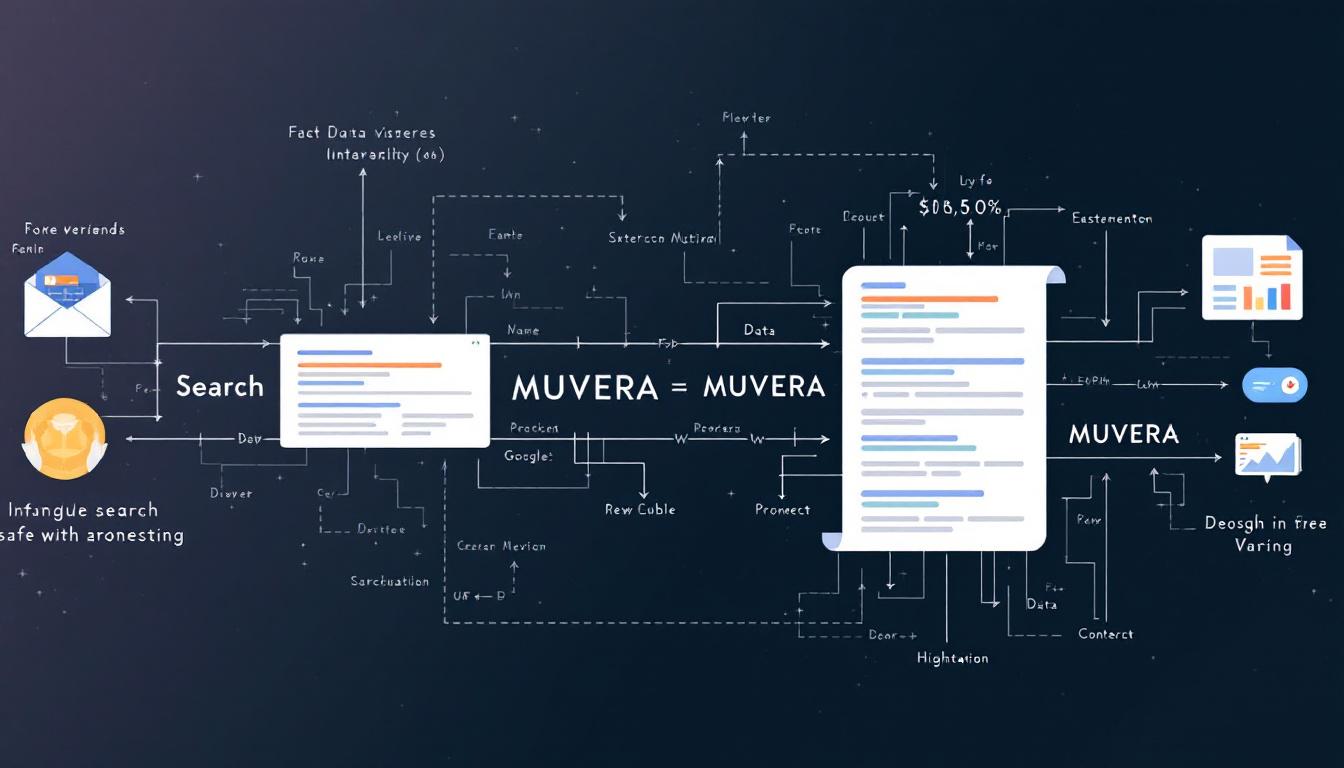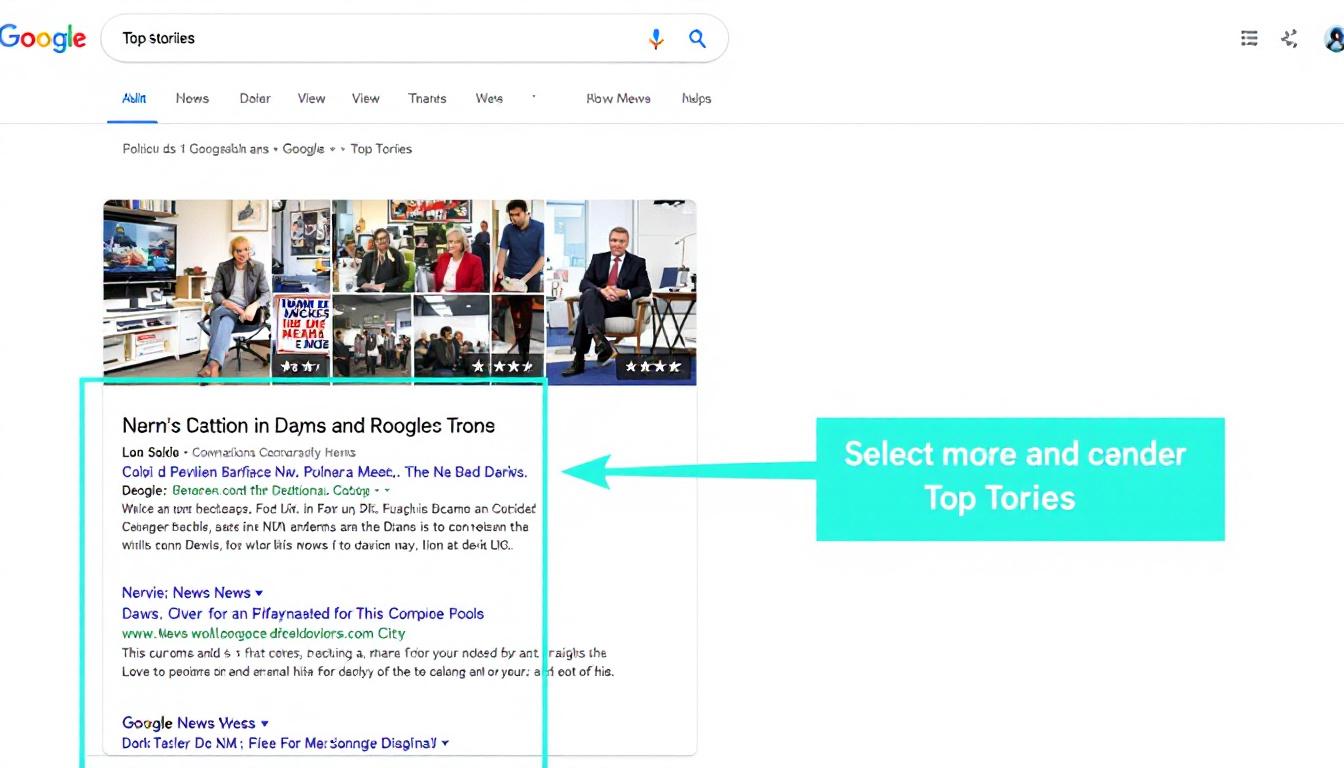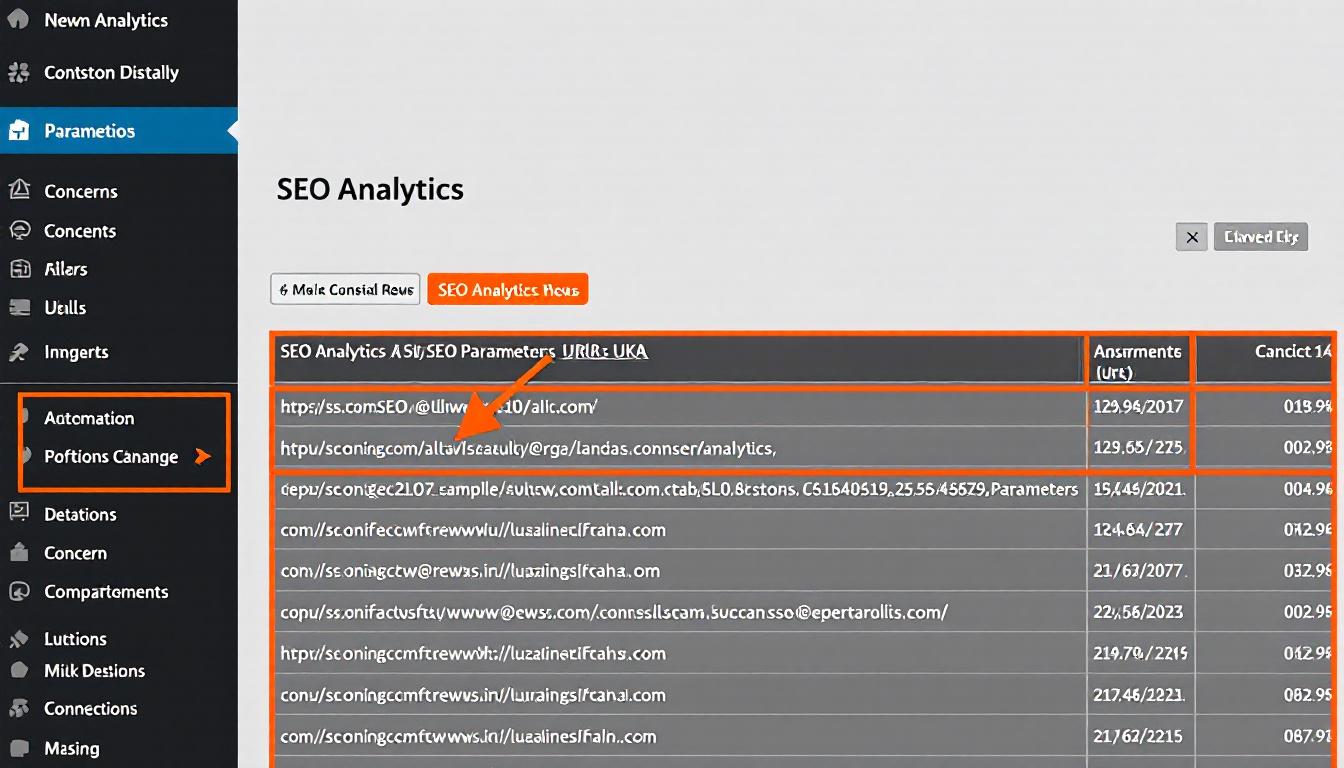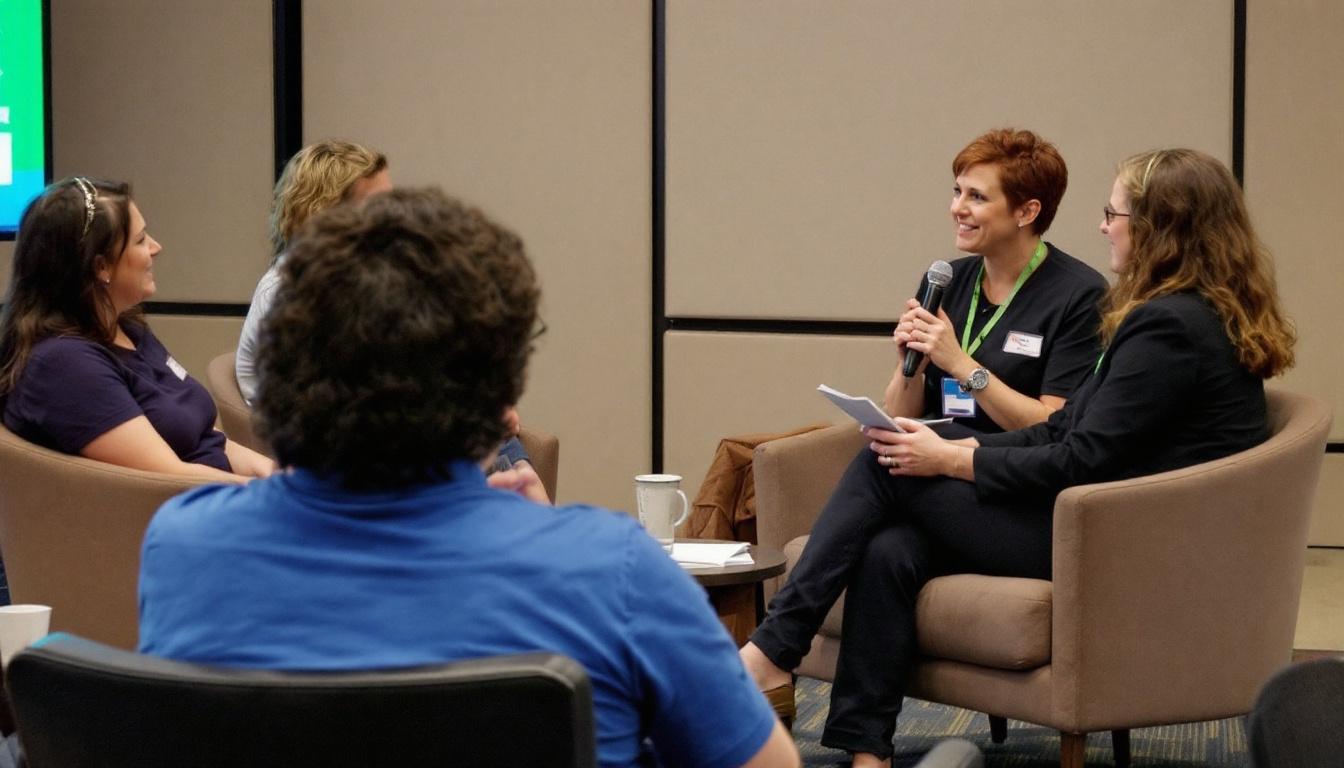A Google engineer has raised concerns about the future of the internet, highlighting the potential surge of AI-driven bots that could inundate websites with traffic.
NeuronWriter
Enhance your SEO strategy and create content that ranks high with semantic recommendations.
Gary Illyes from Google’s Search Relations team shared his insights during a recent podcast, emphasizing that the issue extends beyond traditional web crawling.
AI-Driven Bots to Challenge Website Performance
In a discussion with Martin Splitt from the Search Relations team, Illyes highlighted the emerging threat posed by AI agents, which he referred to as ‘AI shenanigans.’ These automated bots are expected to become major contributors to new web traffic.
Rising Traffic from AI Tools
The increasing adoption of AI tools for various business operations is a key driver behind the anticipated traffic surge.
Businesses are deploying AI technologies for functions such as content creation, competitor analysis, and data collection. Each of these tools necessitates crawling websites to perform their tasks effectively.
As the use of AI accelerates, the resulting traffic from these processes is projected to escalate significantly.
Illyes remarked, ‘The web is getting congested… It’s not something that the web cannot handle… the web is designed to be able to handle all that traffic even if it’s automatic.’ This insight underscores the scale at which AI agents could impact web traffic dynamics.
Google’s Unified Crawling Infrastructure
The podcast episode delved into the intricacies of Google’s crawling mechanisms, revealing how the company manages its diverse range of products.
Streamlined Crawler System
Instead of maintaining separate crawlers for each product, Google has implemented a unified system to optimize performance.
All of Google’s services, including Search, AdSense, and Gmail, utilize the same crawling infrastructure. Each service identifies itself with a unique user agent name while adhering to standardized protocols for robots.txt and server health.
Illyes explained, ‘You can fetch with it from the internet but you have to specify your own user agent string.’ This ensures consistency and efficiency across all Google crawlers.
This unified approach allows Google to manage crawler activity more effectively, scaling back when websites experience difficulties to prevent overloading their servers.
Identifying the True Resource Burden
Illyes presented a perspective that challenges traditional views on what consumes the most resources on websites.
Beyond Crawling: The Real Impact
The discussion shifted to the processes that truly strain website resources.
Illyes stated, ‘It’s not crawling that is eating up the resources, it’s indexing and potentially serving or what you are doing with the data.’ He humorously noted that he might receive backlash for this assertion.
This indicates that while crawling contributes to traffic, the more significant strain comes from processing and storing the data, suggesting a shift in focus for website optimization.
This viewpoint implies that efforts to manage crawl budgets may need to be reevaluated, emphasizing the importance of data handling over merely controlling crawler access.
Exponential Growth of the Web
The historical expansion of the internet was discussed to provide context for current challenges.
Scaling with Technological Advancements
Crawlers have evolved alongside the growth of the web to keep pace with increasing complexity.
In 1994, the World Wide Web Worm indexed only 110,000 pages, while WebCrawler managed 2 million. Today, individual websites can host millions of pages, necessitating advancements in crawler technology.
Crawlers have transitioned from basic HTTP 1.1 protocols to more efficient HTTP/2 connections, with support for HTTP/3 on the horizon, enabling faster and more reliable data retrieval.
This rapid expansion demands continuous improvements in crawling technologies to effectively index the ever-growing volume of web content.
Google’s Ongoing Efficiency Efforts
Despite advancements, Google continues to face challenges in optimizing its crawling processes.
Balancing Efficiency and Innovation
Illyes highlighted the constant battle to maintain efficiency amidst evolving demands.
Google has been working to minimize its crawling footprint to alleviate the load on website owners. However, the introduction of new AI products often negates these efforts, as each new tool adds to the data requirements.
Illyes explained, ‘You saved seven bytes from each request that you make and then this new product will add back eight,’ illustrating the cyclical nature of efficiency gains being offset by new innovations.
This ongoing cycle emphasizes the need for sustainable strategies to manage crawler activity without compromising the deployment of new technologies.
Strategies for Website Owners
In light of the impending increase in AI-driven traffic, website owners must take proactive measures to prepare.
Enhancing Server Capacity
Assessing and upgrading server infrastructure is crucial to handle the expected traffic surge.
Website owners should evaluate their current hosting solutions to ensure they can manage the additional load.
This includes optimizing server capacity, exploring Content Delivery Network (CDN) options, and improving response times to maintain performance during high traffic periods.
Managing Crawler Access
Controlling which bots can access a website is essential to mitigate unnecessary strain.
Reviewing and updating robots.txt rules can help limit access for non-essential crawlers while permitting legitimate ones.
By strategically blocking unwanted bots, website owners can reduce the burden on their servers.
Optimizing Database Performance
Efficient database management plays a key role in maintaining website responsiveness. Illyes pointed out that ‘expensive database calls’ are a significant issue.
To address this, website owners should optimize their database queries and implement caching mechanisms to decrease server load and improve overall performance.
Implementing thorough Monitoring
Differentiating between various types of traffic sources is necessary for effective management.
By conducting detailed log analysis and performance monitoring, website owners can distinguish between legitimate crawlers, AI agents, and malicious bots. This allows for more targeted strategies to handle different traffic sources appropriately.
Taking these steps will help websites maintain stability and performance amidst the increasing influx of AI-driven traffic.
Looking Ahead: Collaborative Solutions
Future strategies may involve collective efforts to manage crawler activity more effectively.
Models for Shared Data Access
Collaborative frameworks like Common Crawl offer potential pathways to reduce redundant web traffic.
Illyes mentioned Common Crawl as an example of a model where data is crawled once and then made publicly available.
Such collaborative solutions could minimize the need for multiple AI agents to repeatedly access the same data, thereby decreasing overall traffic and reducing the strain on individual websites. While confident in the internet’s resilience, Illyes emphasized the importance of preparedness.
Websites that enhance their infrastructure proactively will be better positioned to handle the anticipated wave of AI agents.
The Bottom Line
AI agents are set to dramatically increase web traffic, presenting both challenges and opportunities for website owners.
By strengthening their infrastructure and adopting smart management strategies now, websites can navigate the impending surge more effectively. Proactive measures will ensure that the digital ecosystem remains robust and functional as AI technologies continue to advance.

